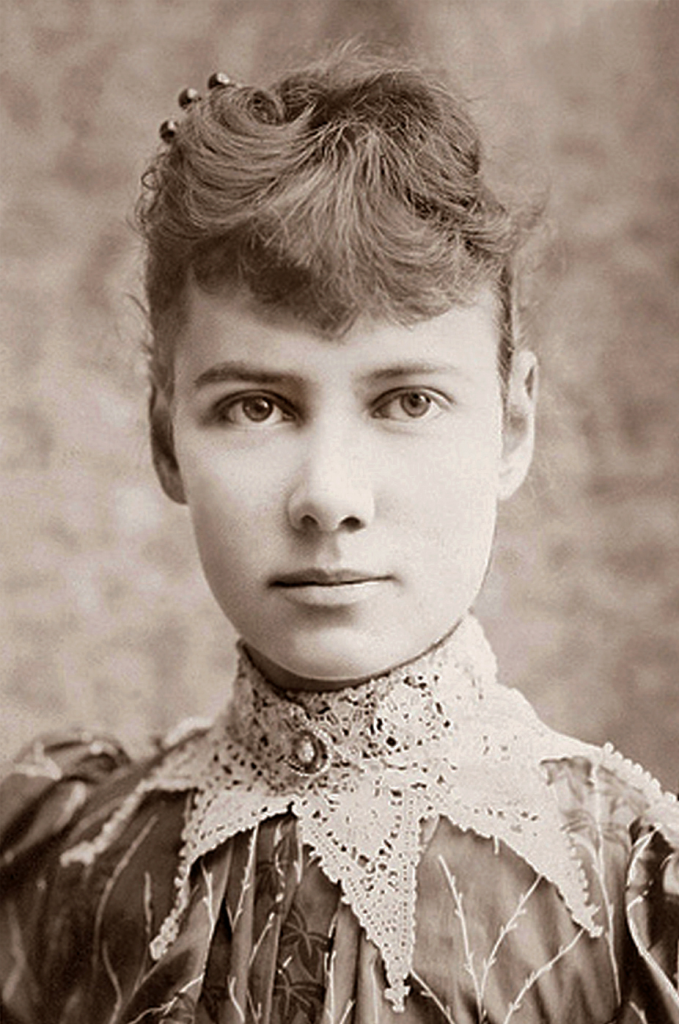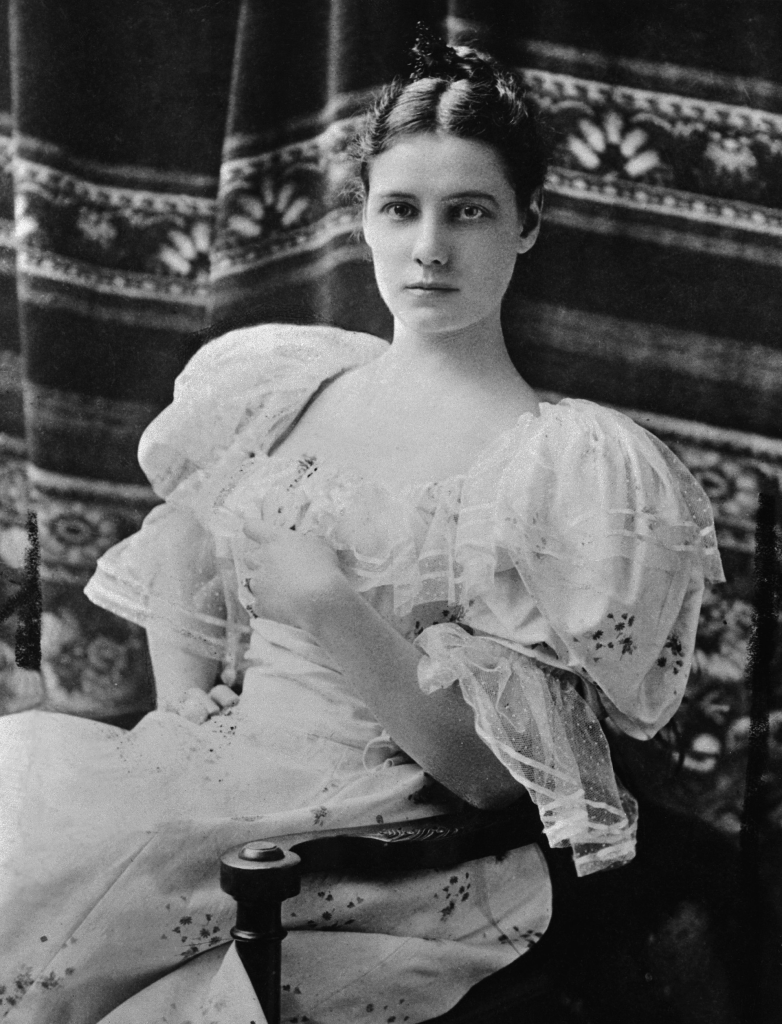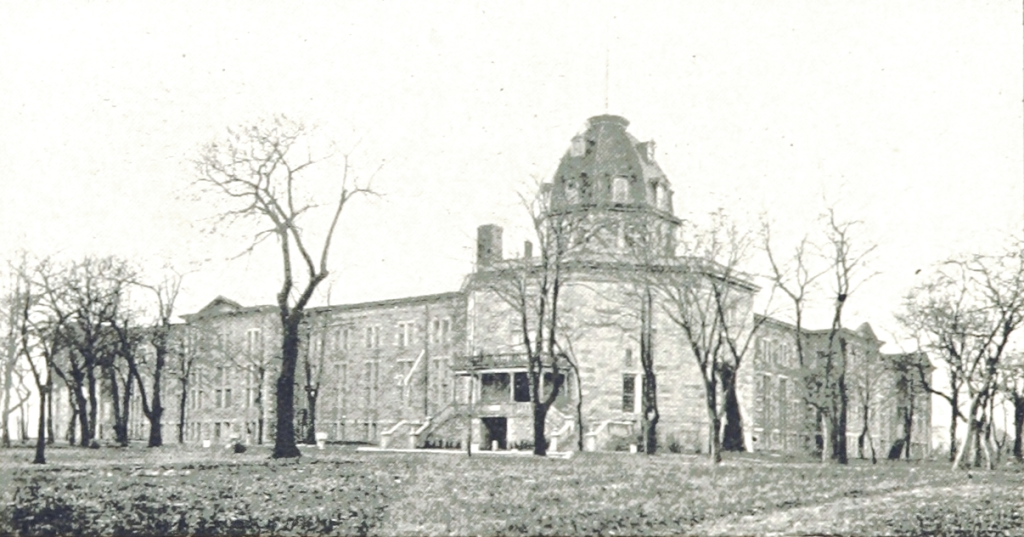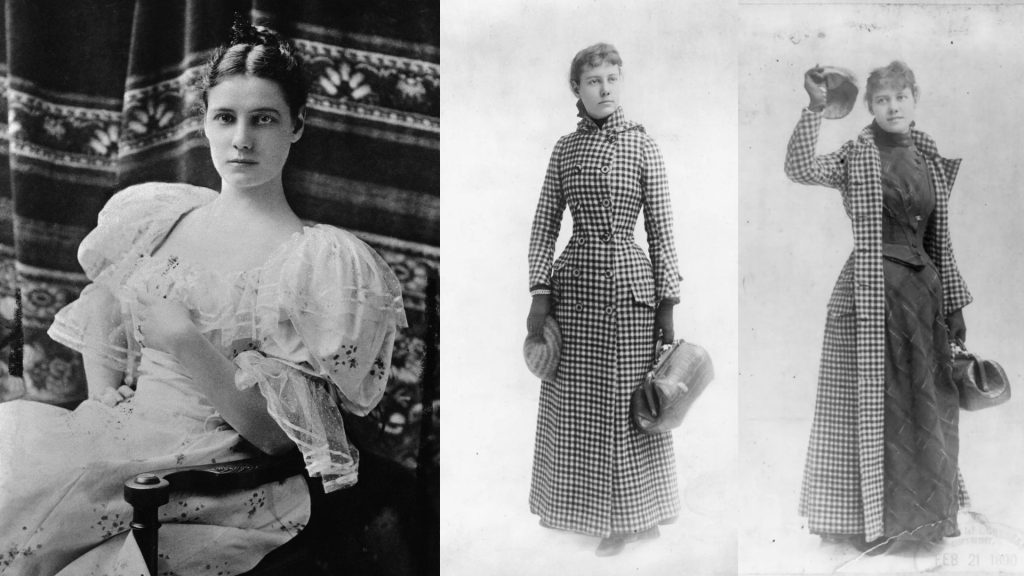Unveiling the Early Chapters
Elizabeth Jane Cochran (Nellie Bly), born on May 5, 1864, in the quaint setting of “Cochran’s Mills,” Pennsylvania, embarked on a life journey that would redefine the landscape of journalism and feminism. Born to Michael Cochran, a man of diverse professions, and raised in a large family, Elizabeth, often fondly called “Pink” for her love of the color, exhibited an early flair for individuality.
Michael Cochran’s death in 1870, when Elizabeth was just six years old, cast a shadow of financial struggle over the family. Despite the adversity, Elizabeth’s determination to rise above circumstances was evident. As a teenager, she shed the nickname “Pink” in favor of a more sophisticated identity, adopting the surname “Cochrane.”

In 1879, Elizabeth enrolled at Indiana Normal School (now Indiana University of Pennsylvania), but financial constraints forced her to abandon her studies after one term. The family relocated to Allegheny City in 1880, later annexed by the City of Pittsburgh.
The Pittsburgh Dispatch: A Platform for Change
Elizabeth, now presenting herself as “Nellie Bly,” entered the journalistic scene in 1885 with a powerful response to a disparaging column in the Pittsburgh Dispatch titled “What Girls Are Good For.” The column claimed that girls were primarily suited for childbirth and household duties. In protest, Nellie, writing under the pseudonym “Lonely Orphan Girl,” passionately argued for better opportunities for women beyond traditional roles.
Her fervent response caught the attention of the newspaper’s editor, George Madden, who invited her to contribute further. Nellie’s first article for the Dispatch, titled “The Girl Puzzle,” emphasized that not all women aspired to marriage and advocated for improved job opportunities for women. Her second article, “Mad Marriages,” delved into the impact of divorce on women, advocating for legal reforms. The editor chose the pseudonym “Nellie Bly” for her, a name derived from the popular song “Nelly Bly” by Stephen Foster. The error in spelling the pseudonym stuck, leading to the birth of a legendary journalist.
Nellie’s Focus on Working Women
Nellie Bly, driven by a passion for social justice, initially focused on the lives of working women in Pittsburgh. Her investigative articles shed light on the challenges faced by women working in factories. However, her bold reporting faced resistance from factory owners who complained about the impact on their businesses. Consequently, she was reassigned to cover conventional women’s topics like fashion, society, and gardening – a common role for women journalists at that time.

Dissatisfied with the limitation of her role, Nellie, at the young age of 21, expressed her determination “to do something no girl has done before.” This resolve led her to Mexico, where she served as a foreign correspondent. Over six months, she reported on the lives and customs of the Mexican people, even protesting the imprisonment of a local journalist critical of the Mexican government.
Ten Days in a Mad-House: Exposing Injustice
In 1887, Nellie left the Pittsburgh Dispatch for New York City, seeking new opportunities. Faced with rejection due to her gender, she persuaded the editors of Joseph Pulitzer’s newspaper, the New York World, to give her an undercover assignment. Nellie agreed to feign insanity to investigate reports of brutality and neglect at the Women’s Lunatic Asylum on Blackwell’s Island, now Roosevelt Island.

Securing admission to the asylum was no easy feat. Nellie checked into a boarding house, adopting a wide-eyed, disturbed appearance. Accusing fellow boarders of insanity, she alarmed the staff, leading to police involvement. After examination by authorities, she was sent to Blackwell’s Island.
Her experiences within the asylum, documented in her report titled “Ten Days in a Mad-House,” exposed deplorable conditions. The report, published on October 9, 1887, and later in book form, prompted reforms, bringing attention to the mistreatment of marginalized women. Nellie Bly’s daring exposé marked the beginning of a new era in journalism, known as stunt journalism, where reporters immersed themselves in extreme situations for the sake of truth.
Nellie Bly’s Impact: Stunt Journalism and Feminism
Biographer Brooke Kroeger highlights the significance of Nellie Bly’s work in the context of journalism. Her two-part series in October 1887, as Kroeger argues, launched the decade of “stunt” or “detective” reporting. While some dismissed it as a sensationalist gimmick, Nellie Bly paved the way for investigative journalism. The genre, often criticized, provided women with a collective opportunity to demonstrate their skills in mainstream reporting.
Around the same time, Nellie used her celebrity status to secure an exclusive interview with the alleged serial killer Lizzie Halliday in 1893. Her multifaceted approach to journalism showcased her versatility and determination to bring attention to important societal issues.
A Global Odyssey: Around the World in Seventy-Two Days
In 1888, Nellie proposed a daring adventure to her editor at the New York World. Inspired by Jules Verne’s fictional journey, she suggested circumnavigating the globe in less than 80 days. With just two days’ notice, she boarded the Augusta Victoria, a steamer of the Hamburg America Line, on November 14, 1889.

To engage readers further, the World organized a “Nellie Bly Guessing Match,” inviting readers to estimate her arrival time to the second. The journey took her through England, France, Brindisi, the Suez Canal, Colombo, the Straits Settlements of Penang and Singapore, Hong Kong, and Japan. Just over seventy-two days later, she triumphantly returned to New York, having traveled alone for almost the entire journey. Although her world record stood briefly, her feat captivated the public and further solidified her legacy.
Nellie Bly: The Novelist and Industrialist
Post her global journey, Nellie transitioned to novel writing, contributing eleven novels between 1889 and 1895. Believed lost for many years, these novels were rediscovered in 2021, emphasizing the lasting impact of her literary contributions.

In 1895, Nellie married millionaire manufacturer Robert Seaman, a man 42 years her senior. Due to her husband’s failing health, she left journalism to lead the Iron Clad Manufacturing Co., which produced steel containers such as milk cans and boilers. Nellie’s foray into industry showcased her diverse capabilities.
Innovations and Challenges: Nellie Bly’s Later Years
While there are claims that Nellie invented the 55-gallon oil drum, her patents for a novel milk can and a stacking garbage can under her married name, Elizabeth Cochrane Seaman, attest to her inventive spirit. However, her later years were marred by financial challenges.
Brooke Kroeger describes Nellie’s attempt to run her company as a model of social welfare, offering health benefits and recreational facilities for employees. Unfortunately, the business faced difficulties and ultimately closed in 1914. After the death of her husband in 1904, Nellie faced a legal battle over his estate, adding to her financial woes.
Nellie’s Return to Journalism and the Suffrage Movement
In 1913, at the age of 49, Nellie Bly returned to journalism, covering the historic Woman Suffrage Procession in Washington, D.C. She accurately predicted that women would gain the right to vote by 1920. Her dedication to the suffrage movement reflected her lifelong commitment to social justice and women’s rights.
Legacy and Continuing Influence
Nellie Bly passed away on January 27, 1922, at the age of 57, leaving behind a legacy that transcends her time. Her pioneering work in investigative journalism, her daring exploits in stunt reporting, and her advocacy for women’s rights have left an indelible mark on the field of journalism.
In recognizing Nellie Bly’s contributions, it is essential to acknowledge the challenges she faced as a woman in a male-dominated profession. Her determination to defy societal expectations, break barriers, and use her platform for social change opened doors for future generations of women in journalism.
Nellie Bly’s life and career serve as a testament to the power of individual conviction and the impact one person can have on society. As we reflect on her journey, we find inspiration in her words, “Energy rightly applied and directed will accomplish anything.”



